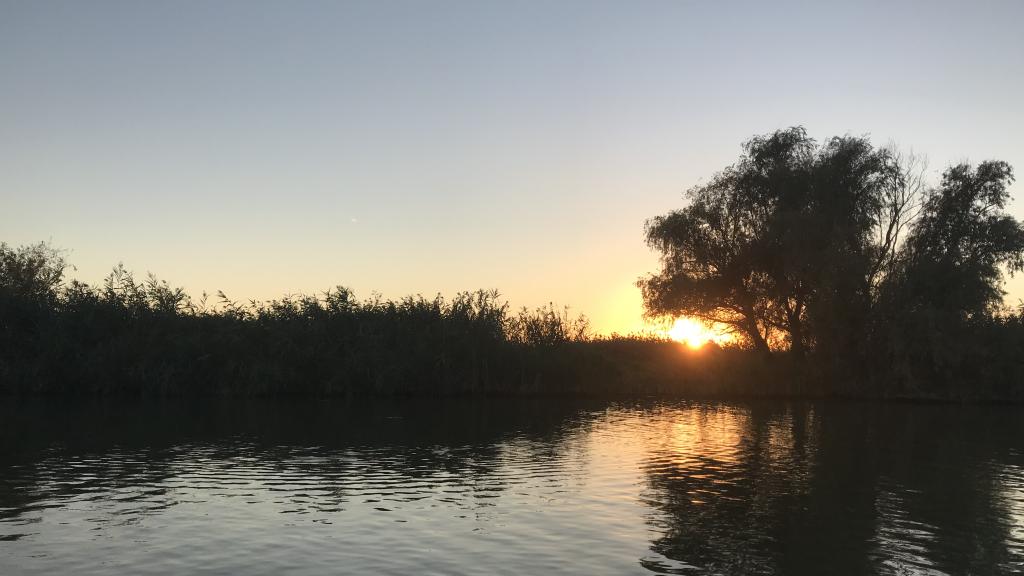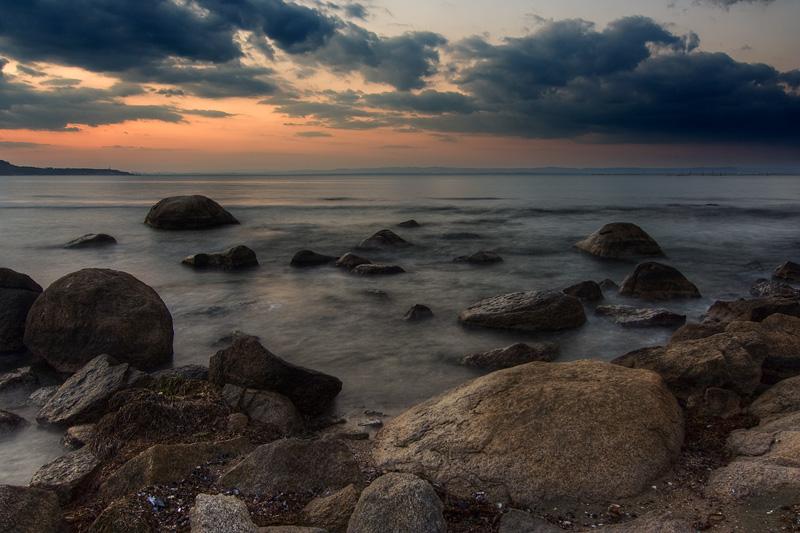Receiving Sea: Black Sea

The Danube River flows into the Black Sea at the Danube Delta, making the Black Sea the receiving sea for the Danube's water. A receiving sea refers to the body of water into which a river or other watercourse empties its flow. In this context, the Black Sea serves as the final destination for the waters of the Danube River.
The connection between the Danube's water quality and the Black Sea's status is direct and significant. The water quality of the Danube directly affects the ecological health and overall condition of the Black Sea. Any pollutants, contaminants, or changes in water characteristics carried by the Danube River can impact the environmental balance and quality of the Black Sea ecosystem.
Therefore, monitoring and managing the water quality of the Danube River are crucial to ensure the protection and sustainability of the Black Sea's marine environment. By maintaining and improving the Danube's water quality, efforts can be made to safeguard the Black Sea's ecosystem and promote its long-term health and biodiversity.

The Black Sea
The unique ecosystem of the North-Western Shelf of the Black Sea is burdened by excessive loads of nutrients and hazardous substances from the coastal countries and the rivers that discharge into it. The highest discharging of these rivers is the Danube, followed by the Dnjestr and the Dnjepr.
Pollution inputs and other factors radically changed Black Sea ecosystems beginning around 1960. During the decades that followed, the Black Sea ecosystem went into a state of collapse. Beaches in Ukraine and Romania were piled with dead and decaying sea plants and animals. Losses were estimated to be as high as 60 million tons.
Other pressures on the Black Sea ecosystems include organic pesticides, heavy metals, incidental and operational spills from oil vessels and ports, and over-fishing and exotic species invasions.
The Black Sea is the world’s largest body of water containing hydrogen sulfide, recognized as a potentially harmful environmental pollutant. This stems from the inflow of salty Mediterranean seawater into its depths and river water into the shallows, leading to a great variety in its waters and flows. This has resulted in oxygen depletion from some 200m below the surface and hydrogen sulfide accumulation.
The Black Sea Today
Nitrogen inputs into the Black Sea have been reduced recently, though they remain higher than in the 1960s. In contrast, the current phosphate inputs have remained roughly consistent. According to information from the Black Sea Commission, environmental efforts to reduce discharge from 49 high-priority pollution sources - such as insufficiently treated wastewater and airborne emissions - have begun to bear fruit. This is evidenced by fewer and less intense algal blooms, a rise in comparable fish catches, and the return of distinct lifeforms to Black Sea waters. Ongoing improvement in Black Sea waters can be attributed to a variety of factors:
- Continuing changes in the economies of lower Danubian countries
- Direct action taken to improve infrastructure and reduce nutrient discharges across the Danube
- A successfully implemented ban on polyphosphate detergents in several countries.
International Black Sea Action Day
Every year on 31st October, International Black Sea Action Day 2020 commemorates the signing of the Black Sea Strategic Action Plan. The day is dedicated to awareness-raising activities, including educational and beach clean-up actions, focusing on the key aims of the action plan:
- The promise of a better future for the 16 million people from six countries who live on its shores.
- Regional governments’ commitments to serious action to make a real difference in the rehabilitation and recovery of the sea.
- The dedicated work of many people who devote their time and energy to help protect the environment.






